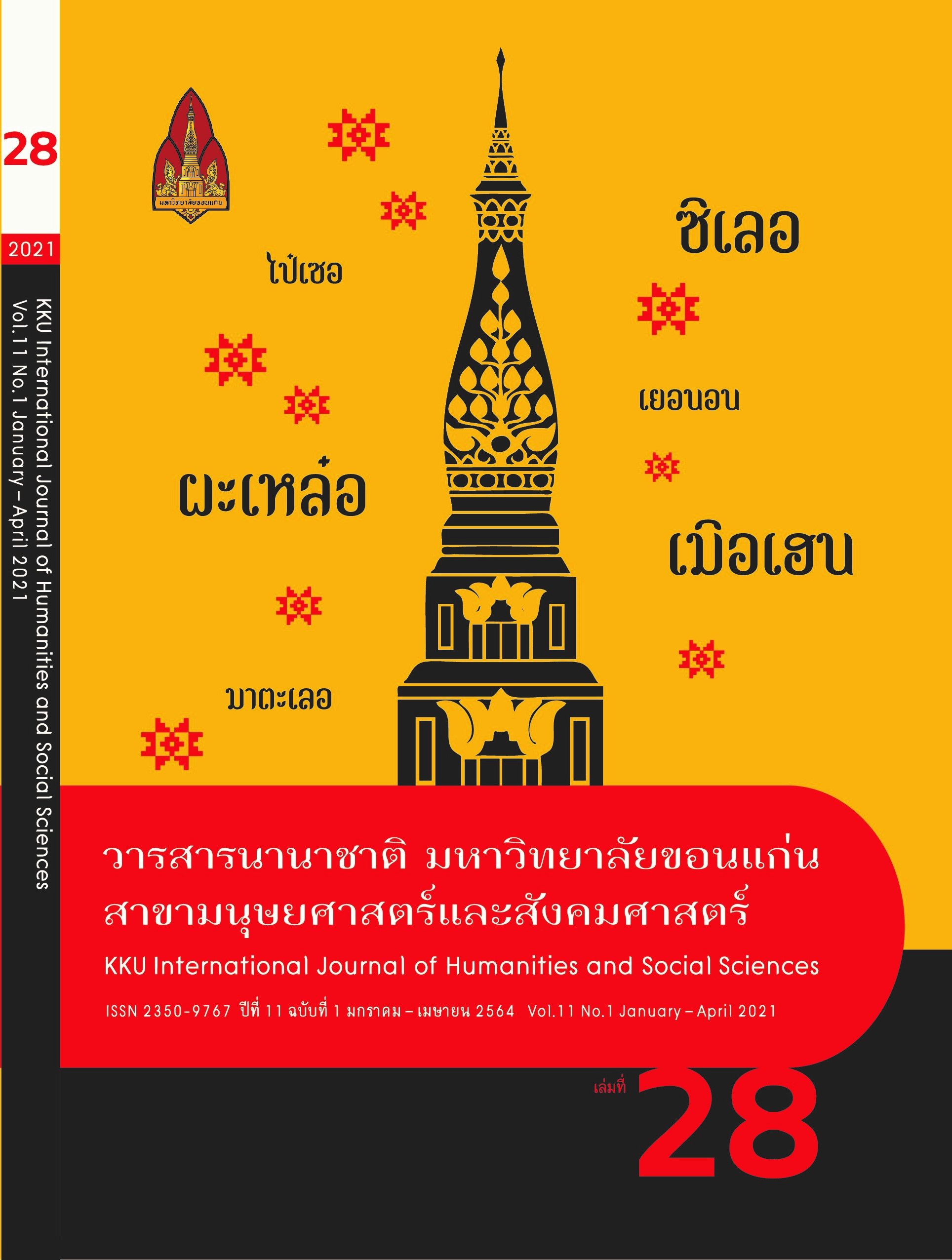Feminism for Students in Hong Kong through Literature
Main Article Content
Abstract
While modern societies often stress on quality and fairness, and it is also an undeniable fact that more women are getting important positions in various job sectors, women may actually be losing their grounds because of numerous established and deep-seated biased ideas against them. As gender perceptions are often ideologically constructed, many young students are unaware of the urgency or need to change the current situation. Consequently, this gives rise to their ignorance or even resistance as educators introduce the topic of feminism or gender issues to them. Just like literature, gender concepts cannot be understood adequately in isolation from the study of the cultural environment in which they developed. To stimulate students’ critical thinking while moderating their resistance against the topic, feminist concerns could be introduced alongside the study of literature. This paper aims to explore the possibility of using this approach in introducing feminism to students in Hong Kong.
Article Details
References
Andermahr, Sonya. (2012). “Gender and the Student Experience: Teaching Feminist Writing in the Post-Feminist Classroom”. Teaching Gender. Ed. Alice Ferrebe and Fiona Tolan. Hampshire: Palgrave Macmillan. 12-30.
Astell, Mary. (2002). A Serious Proposal to the Ladies. Ed. Patricia Springborg. New York: Broadview Press.
Blundy, Rachel. (2016). “Hong Kong’s young women still facing gender inequality as world marks United Nations’ International Day of the Girl”. South China Morning Post. 11 October 2016.
Chiu, Austin. (2010). “Teacher sues over school dress code and being singled out at assembly”. South China Morning Post. 21 May 2010.
Lessing, Doris. (2005). “Our Friend Judith”. The Norton Introduction to Literature. Eds. Alison Booth, Jerome J. Paul and Beaty Hunter. Shorter 9th edition. New York: W. W. Norton & Company. 179-191.
Li, Yu-ning. (1992). Chinese Women Through Chinese Eyes. Oxon: Routledge.
Mamoto, Suzuko (2009). “Doris Lessing: A Review of Four Key Short Stories from the 1960s”. Fukuoka University review of Literature and Humanities 40(4). 1011-1035.
Ng, Yupina. (2018). “What Hong Kong can do to help women in work”. South China Morning Post. 3 March 2018.
Praver, Francis Cohen. (2006). Daring Wives: Insight Into Women's Desires for Extramarital Affairs. London: Praeger.
Rauhala, Emily. (2018). “‘Hold in your belly … legs together’: Chinese College teaches female students to be ‘perfect’”. The Washington Post. 25 June 2018.
Rubin, Gayle. (1975) “The Traffic in Women: Notes on the ‘Political Economy’ of Sex.” Toward an Anthology of Women. Ed. Rayna R. Reiter. New York: Monthly Review. 157-210.
Sánchez-Pardo, Esther. (2017) “‘It is a hell of responsibility to be yourself’: troubling the personal and the political in feminist pedagogy”. Teaching Gender: Feminist Pedagogy and Responsibility in Times of Political Crisis. Ed. Beatriz Revelles-Benavente and Ana M. González Ramos. Oxon: Routledge. 64-80.
Singh, Namanpal. (2017). “Fashion History: 1960s”. Medium. 24 Nov 2017.
Taylor, Lou. (2004). Establishing Dress History. Manchester: Manchester University Press.
United Nations. (2018). Sustainable Development Goals. Web.
< https://www.un.org/sustainabledevelopment>
Walters, Margaret. (2005). Feminism: A Very Short Introduction. Oxford: OUP. Web.
York, Vickie. (2004). “Gal’s Chastity Belt Triggers Airport Metal Detector”. Weekly World News. 15 March 2004.
< www.weeklyworldnews.com>


